Layering for skiing is about staying warm, dry, and comfortable while maintaining mobility. The right system uses three layers: base for moisture control, mid for insulation, and outer for weather protection. Here's a quick guide:
- Base Layer: Choose moisture-wicking materials like merino wool or synthetics to keep sweat off your skin.
- Mid Layer: Use fleece, synthetic insulation, or down to trap heat without adding bulk.
- Outer Layer: Opt for a waterproof, breathable shell to shield against wind and snow.
Avoid cotton, which traps moisture, and don’t over-layer to prevent overheating. Pairing this system with lightweight gear, like Snowfeet Skiblades or Skiskates, ensures freedom of movement and comfort. Whether it's freezing or warm spring skiing, adjust your layers to match the weather for a better day on the slopes.
How To Layer For Skiing & Snowboarding! Base Layers + Mid Layers
The 3-Layer System Explained
The three-layer system - base, mid, and outer - is your go-to strategy for staying comfortable and protected on the slopes. It helps manage moisture, retain heat, and shield against unpredictable weather. This setup pairs seamlessly with the sleek design of Snowfeet Skiblades and Skiskates, keeping you ready for any conditions.
Base Layer: Moisture Control
Think of the base layer as your skin's partner. Its job is to wick away sweat and keep you dry, so you don’t end up feeling clammy.
| Material | Benefits | Best For |
|---|---|---|
| Merino Wool | Naturally fights odor and keeps you warm | Long, all-day sessions |
| Synthetic | Dries quickly, offers compression, and is budget-friendly | High-intensity runs |
Look for base layers that stretch and move with you to fully complement the agility of Snowfeet gear.
Mid-Layer: Insulation
The mid-layer is all about keeping you warm by trapping heat close to your body. For lightweight, maneuverable gear like Snowfeet's 44 cm Skiskates, streamlined insulation is key. Here are some solid choices:
- Fleece: Works well in mild weather or during activities requiring lots of movement.
- Synthetic Insulation: Retains warmth even in damp conditions, making it a great all-rounder.
- Down: Perfect for extremely cold and dry days when you need serious warmth without adding bulk.
Once your mid-layer locks in warmth, the outer layer steps in to handle the elements.
Outer Layer: Protection from the Elements
The outer layer acts as your shield, blocking wind and moisture while letting excess heat and sweat escape. For maximum weather defense, go with a hardshell (breathability under 1 CFM). If comfort and flexibility are priorities, a softshell (breathability between 6–30 CFM) might be your best bet.
This three-layer system adapts effortlessly to changing conditions, ensuring both comfort and agility. Whether you're carving with Snowfeet Skiblades or gliding with Skiskates, this setup ensures you’ll stay focused on performance, not the weather.
Movement Freedom with Snowfeet
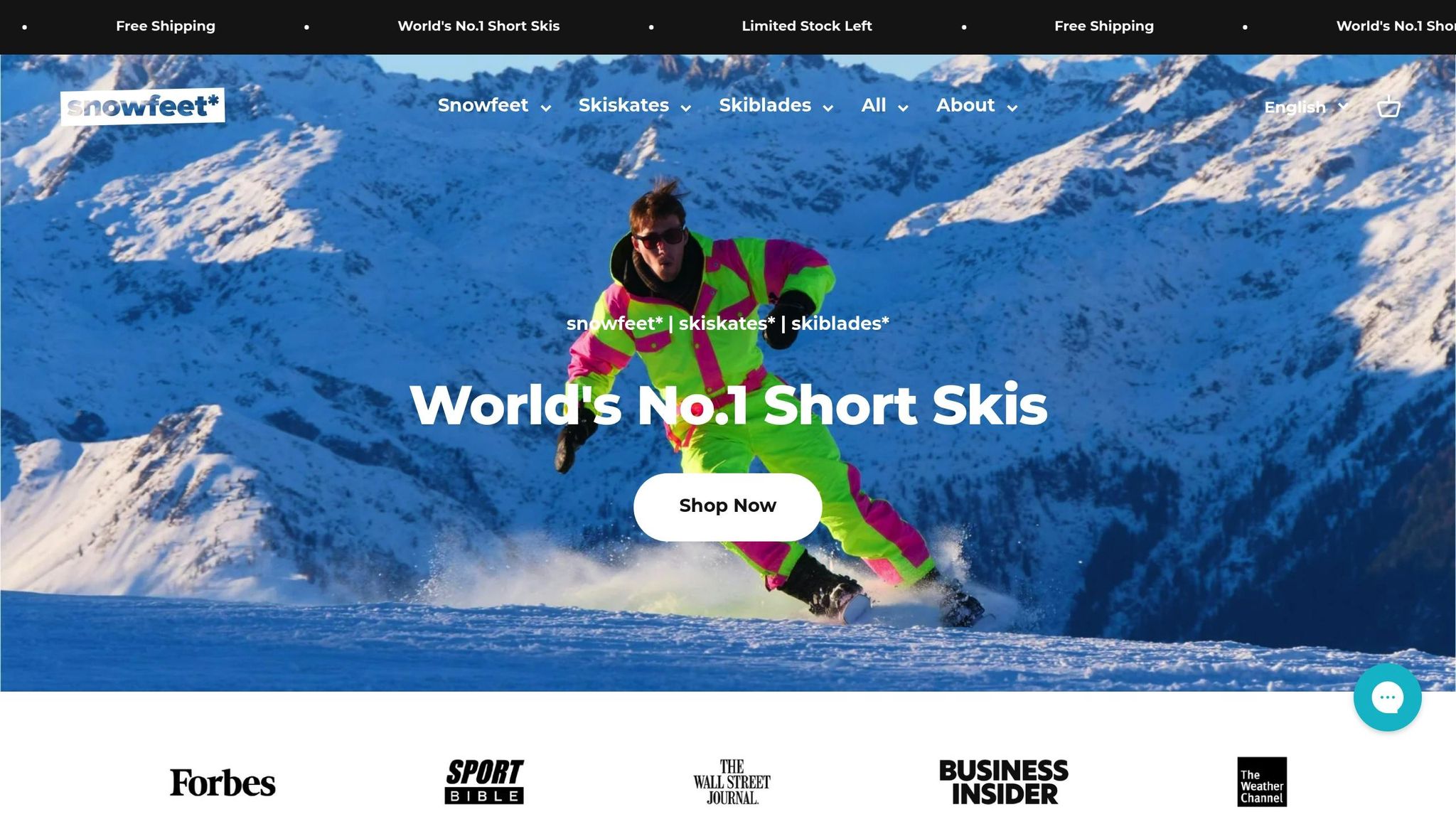
Snowfeet vs Regular Ski Gear
When compared to traditional ski gear from brands like Rossignol, Atomic, and Head, Snowfeet stands out for its lightweight and highly agile design. While conventional skis and boots tend to weigh you down, Snowfeet offers a refreshing alternative that enhances your mobility on the slopes.
| Equipment Type | Weight | Mobility Rating |
|---|---|---|
| Traditional Skis | Heavier | Moderate |
| Regular Ski Boots | Heavier | Limited |
| Snowfeet Mini Ski Skates | Extremely light | Excellent |
| Snowfeet Skiblades | Lightweight | Very High |
The lighter your gear, the better your movement and comfort. As Snowfeet user Jakub F. puts it:
"With these little skis, you feel much more agile, faster, and above all – comfortable."
This focus on lightweight gear makes it essential to pair it with the right layers for ultimate performance and comfort.
Best Layers for Short Skis
To fully enjoy the freedom that Snowfeet provides, your clothing should support your range of motion while keeping you warm and protected. Here's how to layer effectively:
Base Layer:
- Opt for a moisture-wicking material that keeps you dry and moves with you.
- Look for fabrics designed to manage sweat and ensure unrestricted motion.
Mid Layer:
- Choose lightweight insulation that provides warmth without adding bulk.
- Flexible materials are key to maintaining ease of movement.
Outer Layer:
- Go for a shell that offers solid weather protection but remains breathable.
- Make sure it doesn’t restrict your mobility - it should work with your movements, not against them.
As one Snowfeet enthusiast shares:
"Nice and mobile, comfortable and it's truly a lot of fun. I can seriously recommend them to anyone."
sbb-itb-17ade95
Layering by Weather Type
Below Freezing Layers
When the temperature dips below 32°F (0°C), staying warm and protected on the slopes becomes a top priority. The trick is to layer up in a way that keeps you insulated without limiting your movement - especially when you're using agile gear like Snowfeet Short Skis.
| Layer Type | Material Choice | Key Benefits |
|---|---|---|
| Base | Merino Wool or Synthetic Blend | Great warmth-to-weight ratio and moisture-wicking properties |
| Mid | Heavy Fleece or Down | Excellent insulation and easy to compress |
| Outer | Insulated Gore-Tex Shell | Shields against the elements while staying breathable |
For maximum warmth, go for a heavyweight base layer with thumb loops to seal out the cold and prevent gaps.
"The Smartwool offers just the right balance - it's a top I grab for comfort and because I know it'll do the job right."
As the day warms up, you can tweak your layers to avoid overheating while staying comfortable.
Warm Weather Layers
When spring skiing rolls around and temperatures climb above 32°F (0°C), it's time to lighten up your layers. The goal here is to stay cool, regulate your body temperature, and protect your skin from the sun.
Base Layer:
- Go for ultra-thin synthetic or Merino layers with UPF ratings for sun protection.
- Skip the full base layer bottoms and wear shorts under your ski pants instead.
Mid Layer:
- Use a lightweight synthetic insulated jacket for a touch of warmth.
- Choose something easy to remove so you can adapt to changing temperatures.
- Consider micro-grid fleece for better breathability.
This setup keeps you comfortable and ensures you maintain the freedom of movement that makes Snowfeet gear so enjoyable.
Outer Layer:
- Swap a hardshell jacket for a softshell option to boost ventilation.
- Look for jackets with underarm vents to improve airflow on warmer days.
- Match the waterproof rating of your outerwear to the day’s conditions.
"Why did I love it so much? Because it does such a great job of unifying the soft wicking performance of Merino wool with the faster drying speed and durability that polyester is known for."
Common Layer Mistakes to Avoid
Layering mistakes can make or break your comfort and safety on the slopes. Let’s look at two common missteps that can impact your performance while skiing.
Why Cotton Is a Bad Choice
Wearing cotton as a base layer is one of the biggest mistakes you can make. Unlike technical fabrics, cotton absorbs and holds onto moisture, drying at a snail’s pace. This can create dangerous situations in cold environments.
| Material | Water Absorption | Drying Speed | Warmth When Wet |
|---|---|---|---|
| Cotton | 2,500% of its weight | Very slow | None |
| Polyester | 0.4% of its weight | Fast | Moderate |
| Merino Wool | 30% of its weight | Moderate | Excellent |
"The nature of both the chemistry and the surface shape of the cotton fibers generally dooms them to hold water."
So, what happens when cotton gets wet? It accelerates heat loss for several reasons:
- Water conducts heat 25 times faster than air.
- Wet fabric causes friction, leading to uncomfortable chafing.
- Moisture trapped in the material pulls heat away from your body.
Overdoing It on Layers
Wearing too many layers is another mistake skiers often make. While it may seem logical to pile on clothing for warmth, overdressing can cause you to sweat excessively. That sweat then gets trapped, cooling you down and increasing heat loss.
Instead, aim for a high-quality, well-fitting three-layer system. Starting slightly cool before you begin skiing helps prevent overheating once you're active. Research shows that 72% of skiers performed better when focusing on proper insulation rather than layering excessively. Keep it simple and functional for the best results.
Conclusion: Layer Smart for Better Skiing
Getting your layering right is key to performing your best on the slopes, especially when paired with gear that lets you move freely. Snowfeet's gear is designed with mobility in mind, giving you an experience that’s hard to beat.
The combination of moisture-wicking base layers, insulating mid-layers, and weatherproof outer shells creates a system that works together seamlessly. As Hunter Bierce, Editor at SlopeMagazine.com, explains: "For skiers, dressing appropriately for your day on the slopes is the crux of maximizing enjoyment regardless of what kind of weather the mountains throw at you". This layering system not only boosts performance but also takes slope-side comfort to the next level.
Snowfeet’s products, like their Skiblades (65–120 cm) and Skiskates (44 cm), are designed to offer far more freedom of movement than traditional ski equipment. Sarah Finch, a lifelong skier, shares her experience: "As a lifetime skier I have always loved the sport but STRUGGLED with the boots! I have giant calves and despite ordering custom boots I still struggled to be comfortable enough to want to continue the sport... Then I found SnowFeet!!! I have done more skiing this year than any other year in my adult life!".
Smart layering is all about adapting to the ever-changing demands of the slopes while staying comfortable. When paired with Snowfeet’s agile designs - trusted by over 50,000 users worldwide - your skiing experience gets a serious upgrade.
So, as you gear up for your next adventure, remember: the right combination of layers and equipment doesn’t just make your runs safer - it makes them unforgettable.
FAQs
What makes Snowfeet Skiblades and Skiskates better than traditional ski gear?
Snowfeet Skiblades and Skiskates bring a fresh twist to winter sports gear. Compact and easy to carry, these fit neatly into a backpack, so you can skip the hassle of lugging around heavy equipment or dealing with roof racks. Plus, they attach directly to your winter boots - no extra bindings or complex setups required.
Thanks to their small size, they’re incredibly nimble and easy to handle, making them a great option for beginners or anyone looking for a laid-back, fun day on the slopes. Unlike traditional skis from brands like Rossignol or Atomic, Snowfeet Skiblades are built for sharper turns and better agility, giving you more control as you zip down trails or weave through tight spaces. Whether you're cruising groomed runs or exploring hidden corners, Snowfeet is all about freedom and fun.
How should I layer my clothing for different weather conditions while skiing?
To get your layering right for different weather conditions on the slopes, here’s what you should keep in mind:
- Cold weather: Begin with a moisture-wicking base layer to keep sweat away from your skin. Add an insulating mid-layer, like fleece or down, to retain heat. Top it off with a waterproof and windproof outer layer to stay warm and protected from harsh conditions.
- Mild weather: Opt for a lighter base layer and a mid-weight mid-layer to balance breathability and comfort. Stick with an outer layer that shields you from wind and unexpected moisture.
- Warmer conditions: Skip the mid-layer to avoid overheating but keep a lightweight outer layer handy. It’ll guard against wind and light snow without making you feel too hot.
Snowfeet products, like Skiblades and Skiskates, take the hassle out of layering by offering unmatched freedom compared to traditional ski gear from brands like Rossignol or Atomic. Thanks to their lightweight and compact design, you can move with ease and comfort, leaving bulky gear behind. Whether you’re cruising down groomed trails or exploring off-piste terrain, Snowfeet ensures a smooth, no-fuss skiing experience.
Why shouldn’t I wear cotton as a base layer for skiing, and what are better options?
Cotton is not the best choice for a skiing base layer. Why? It soaks up moisture and holds onto it, leaving you damp, chilly, and uncomfortable. Whether you're sweating or brushing up against snow, cotton loses its ability to insulate and takes forever to dry. This can quickly turn a fun day on the slopes into a miserable experience.
Instead, go for moisture-wicking materials like polyester blends or merino wool. These fabrics are specially designed to draw moisture away from your skin, dry quickly, and keep you warm by retaining their insulating qualities. Picking the right base layer can make all the difference in staying comfortable and fully enjoying your time on the mountain!

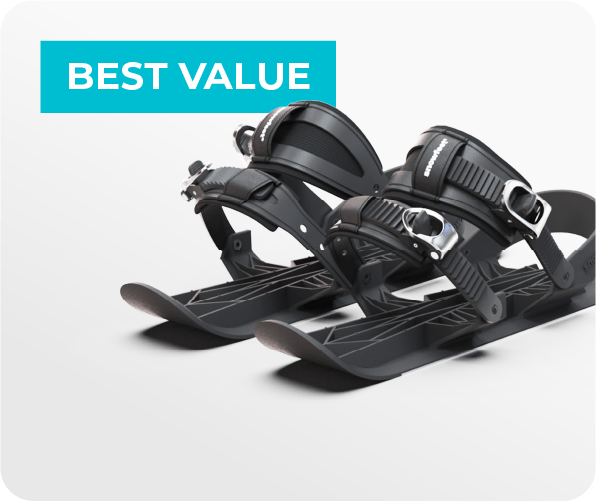



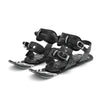
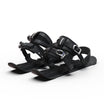
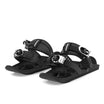

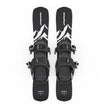
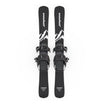

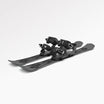
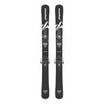
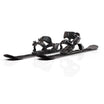
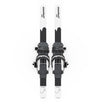


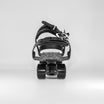

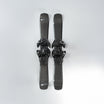
![How to Layer for Skiing: Stay Warm & Dry on the Slopes [2025]](http://www.snowfeetstore.com/cdn/shop/articles/682ec0f94fa53d4220804ec8-1747902760146_ba4e00da-98a7-48c4-9c98-9a1fead6c009-8428565.jpg?v=1758688873&width=1500)
![Ski Helmet Buyer's Guide [2025]: Safety, Fit & Top Features](http://www.snowfeetstore.com/cdn/shop/articles/682e77254fa53d4220800977-1747894289038_c8e084e5-ceb5-415c-93a5-18499f36b96a-3937158.jpg?v=1758688869&width=1536)
![Best Powder Skis [2025]: Float Effortlessly Through Deep Snow](http://www.snowfeetstore.com/cdn/shop/articles/682fcdb8d3b96619817dc933-1747988681240_de593cf2-3ad2-4b6c-a955-b3b60a4d19d4-7506934.jpg?v=1758688875&width=1536)
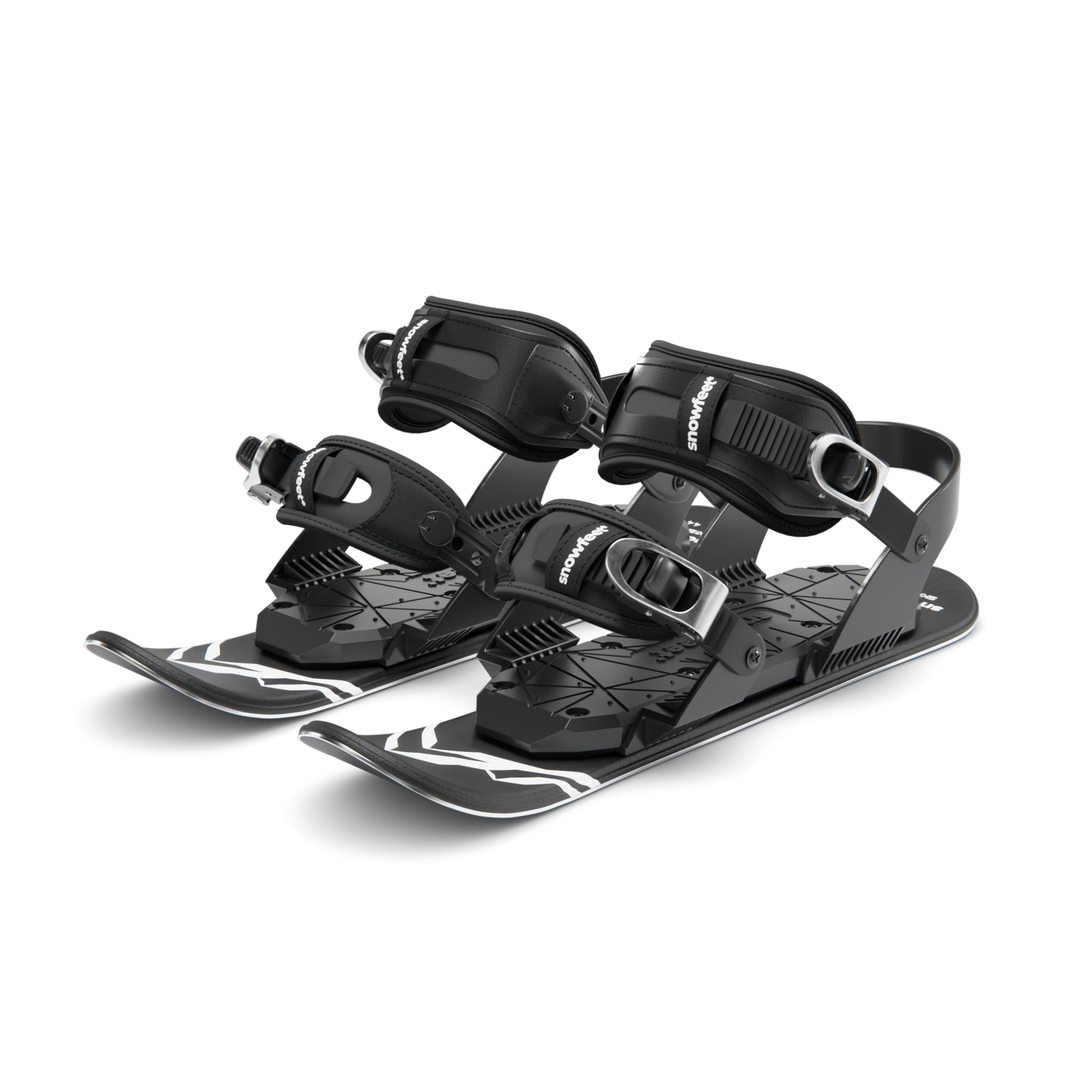

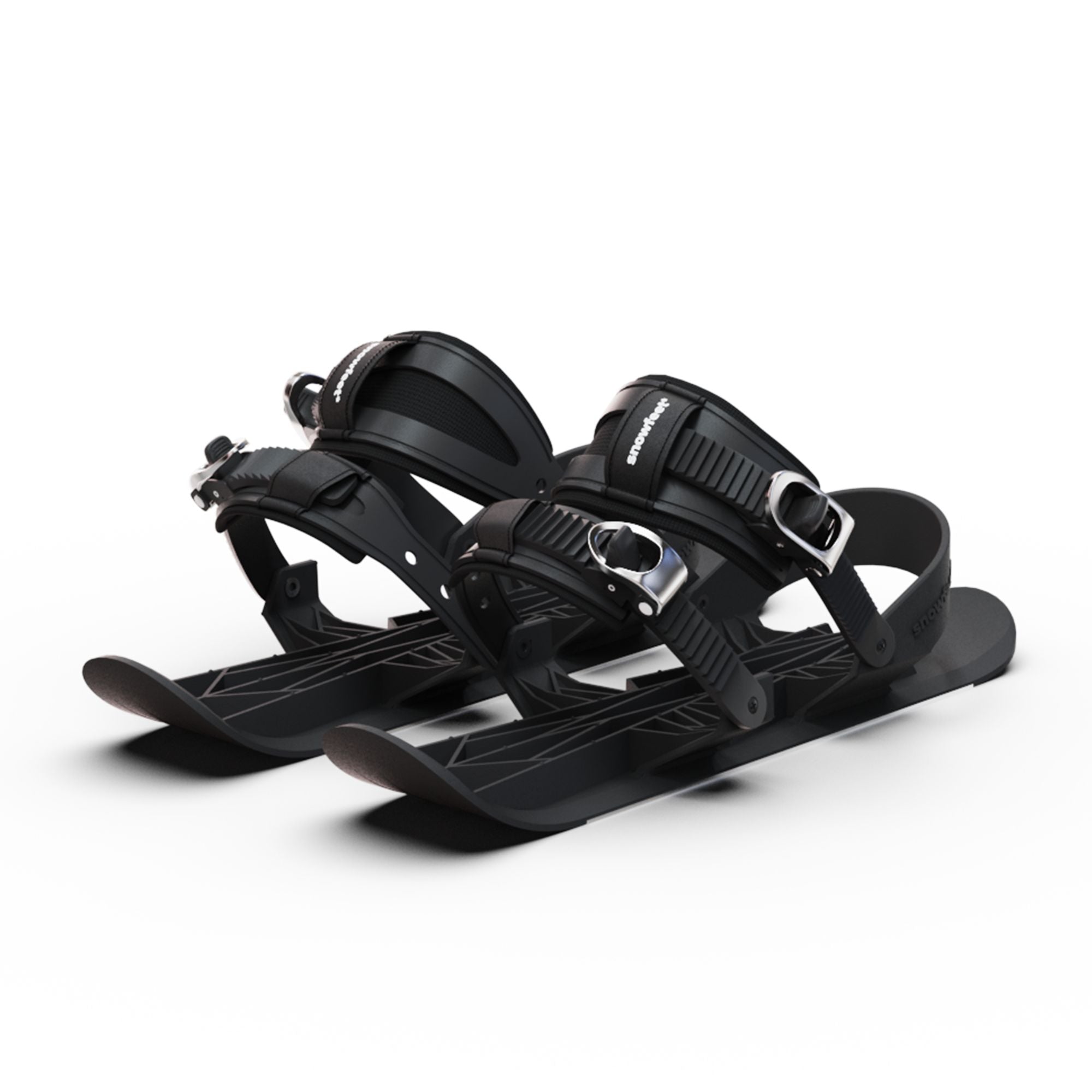
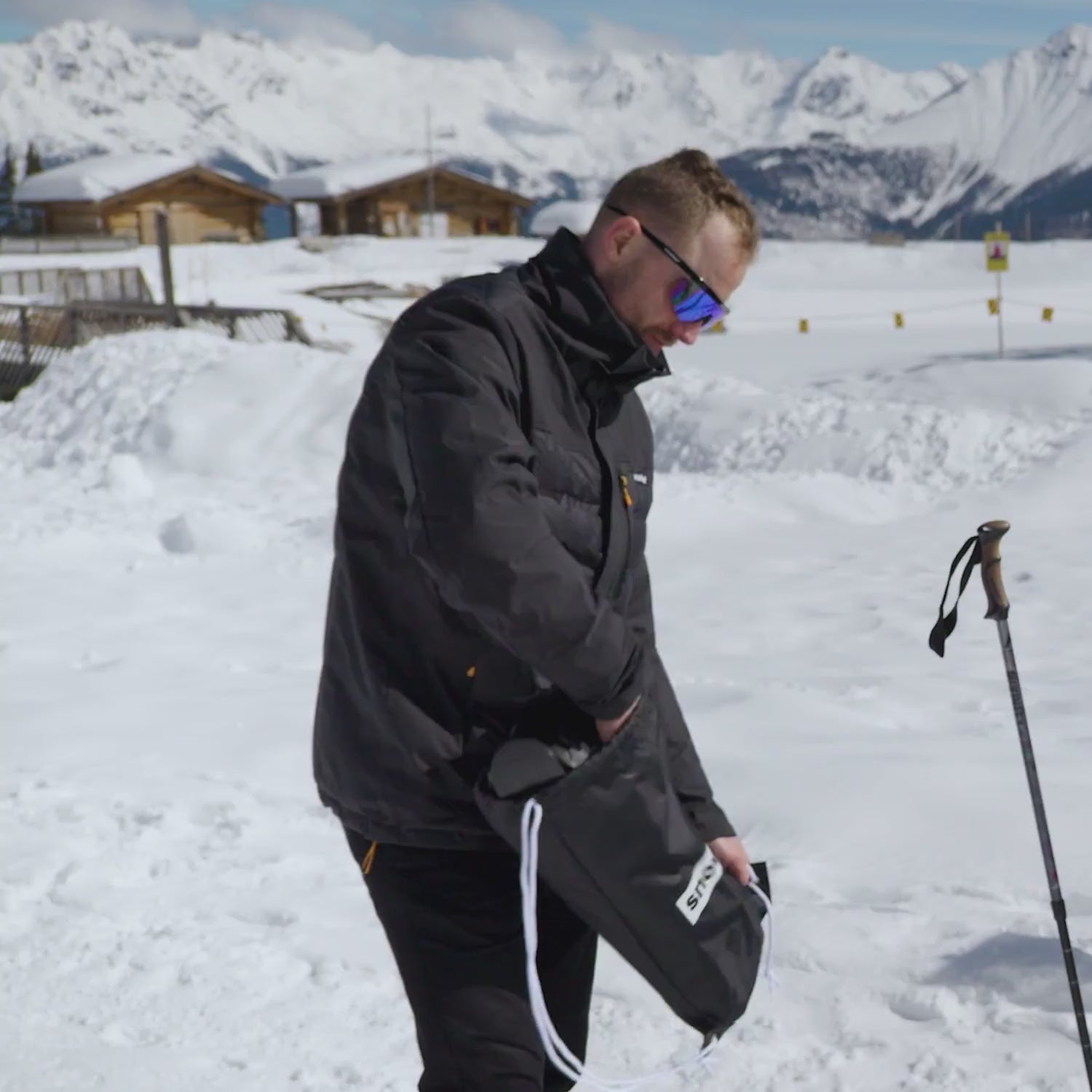
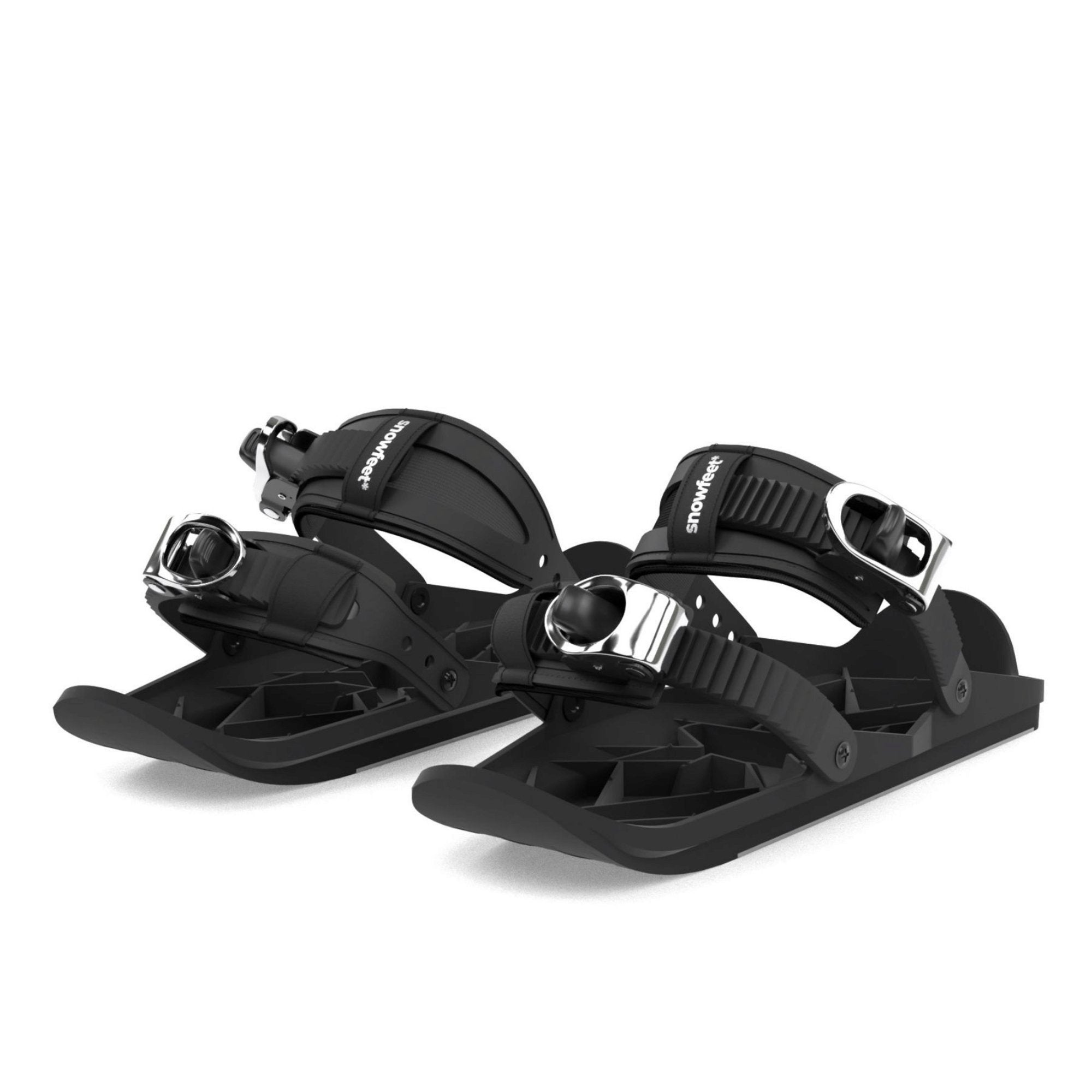
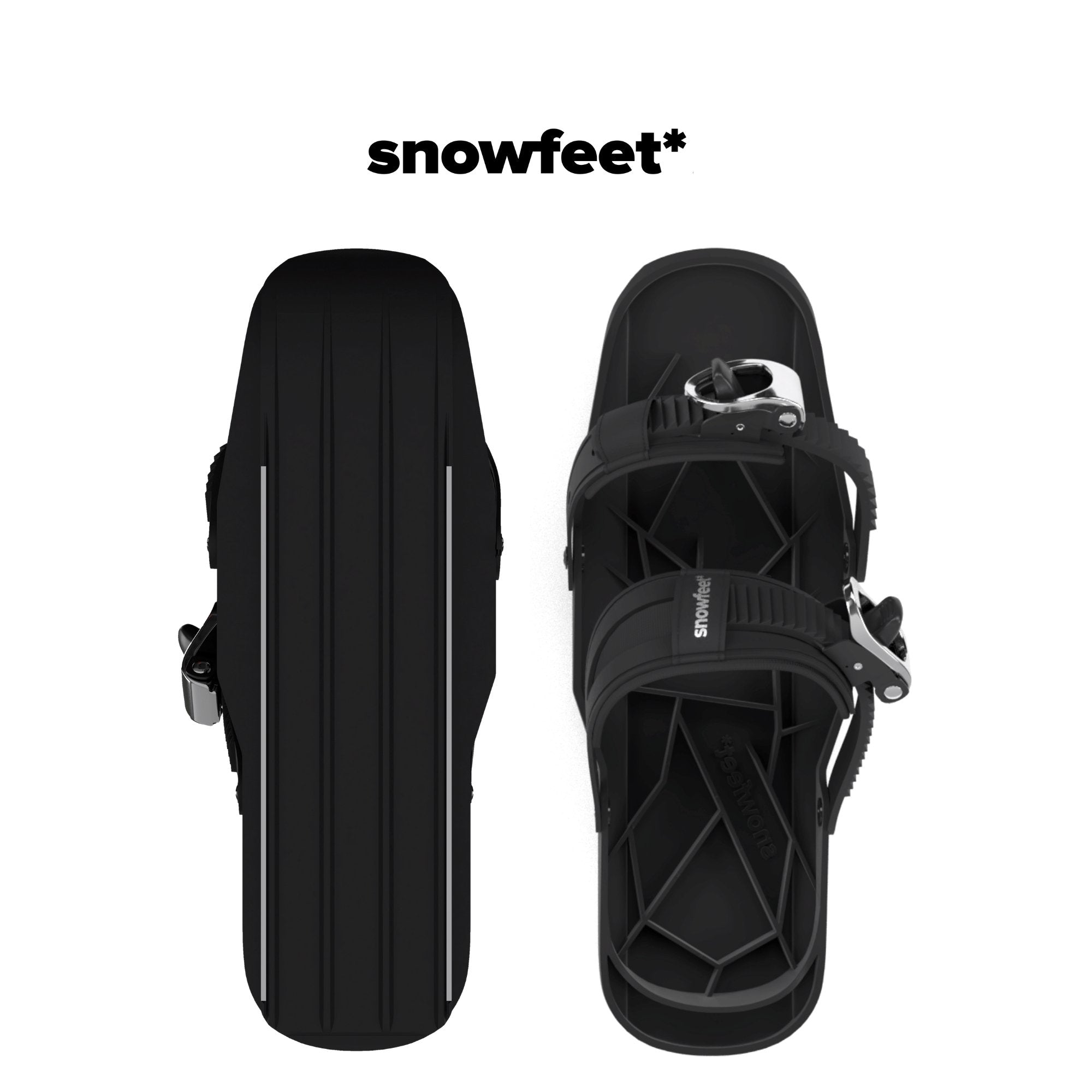
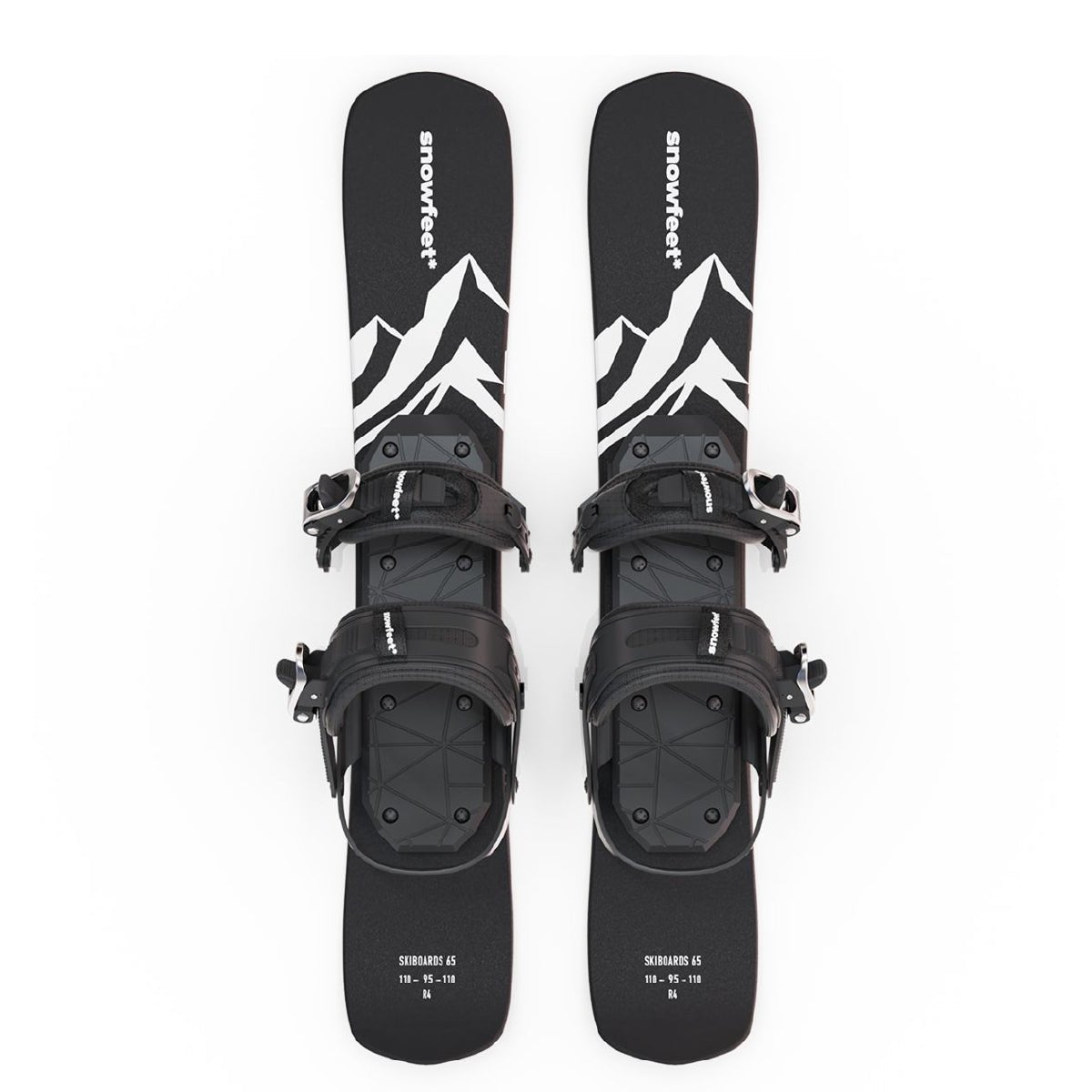
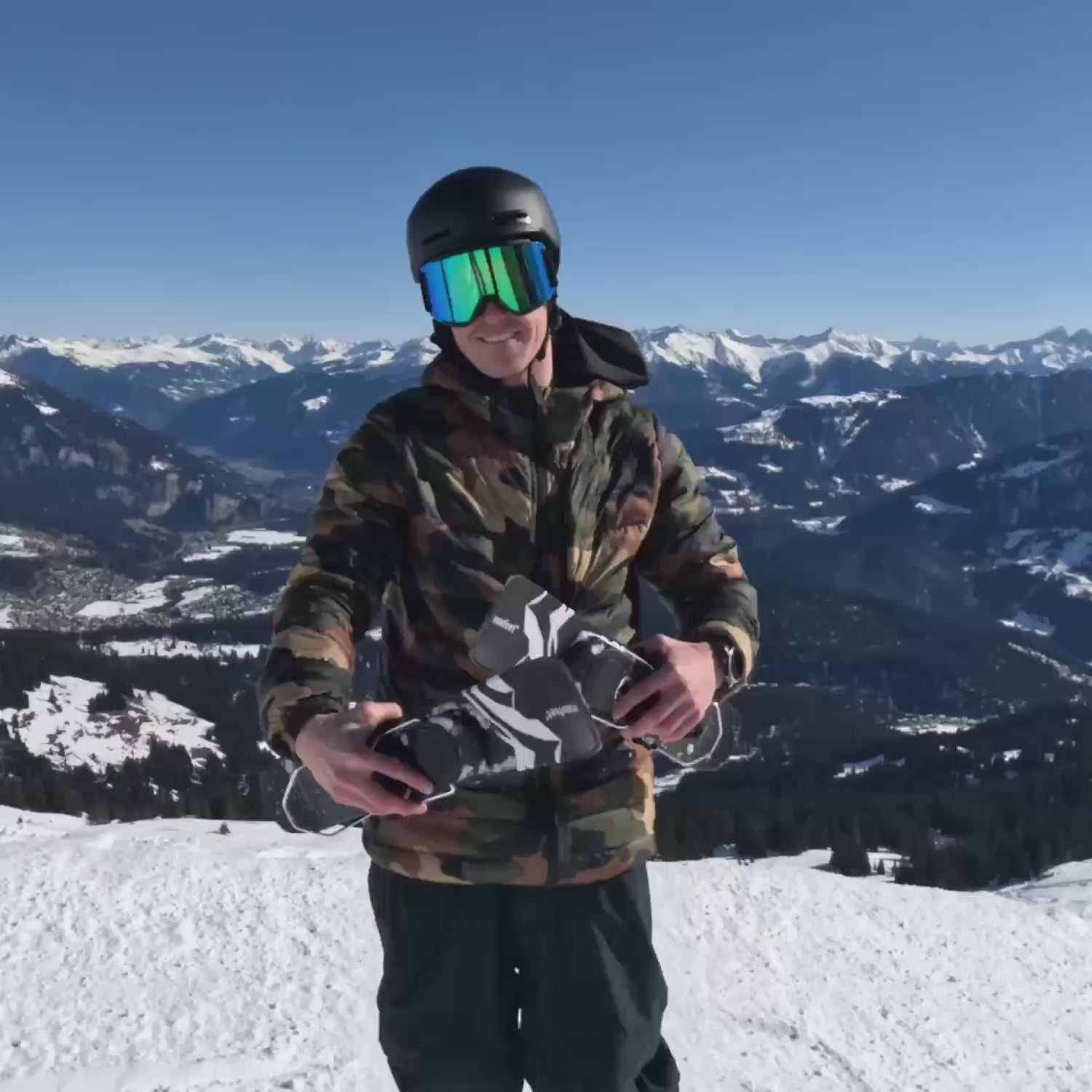
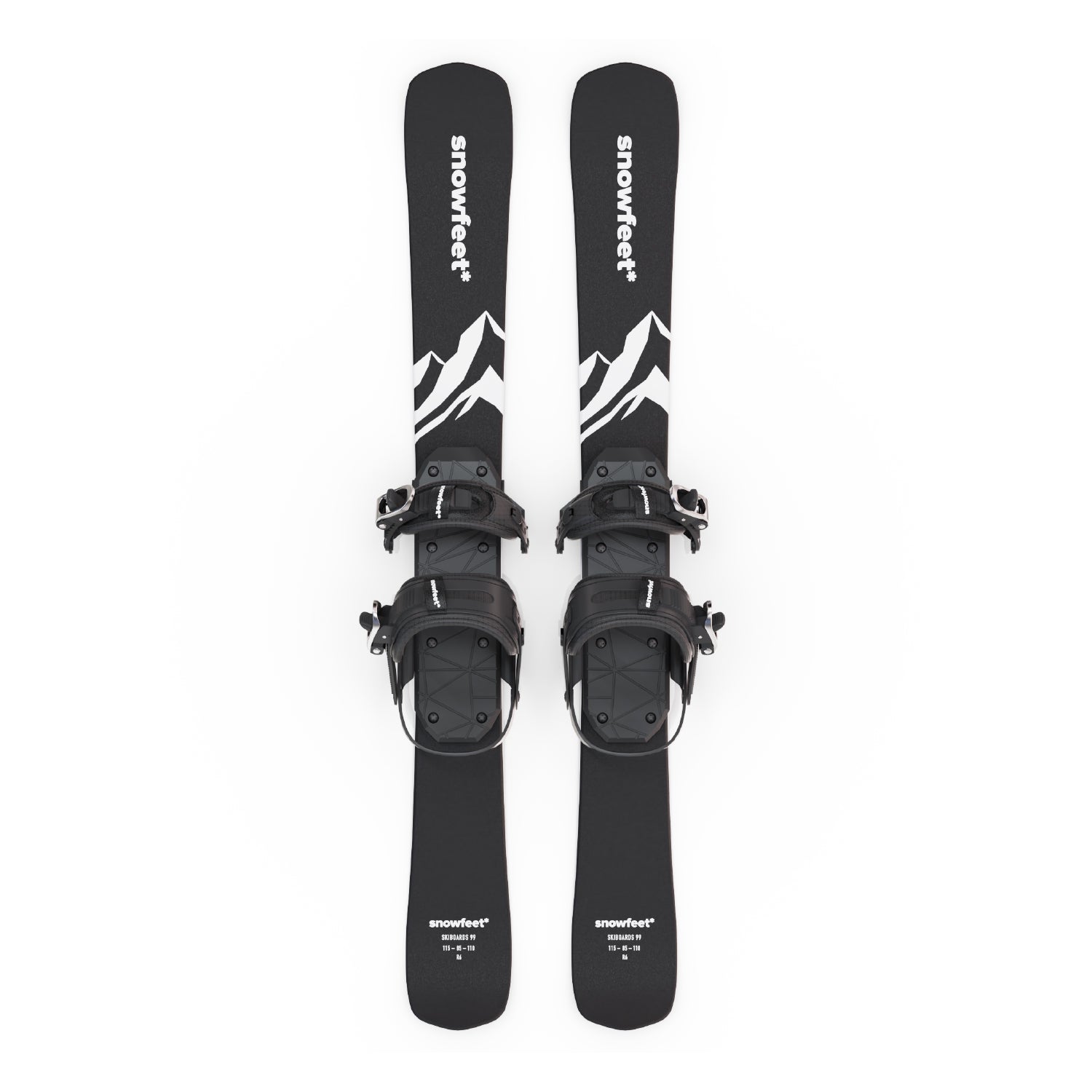
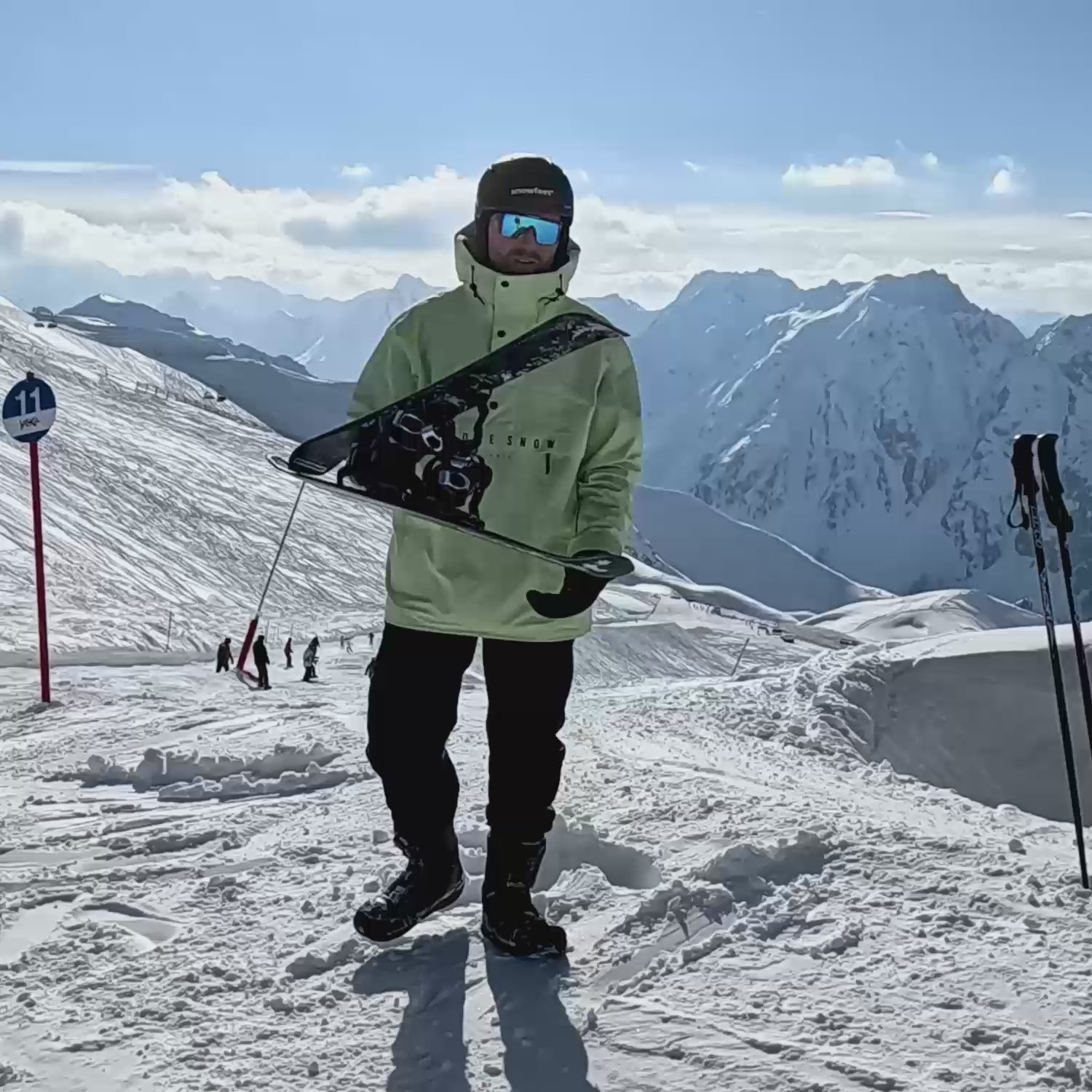
Leave a comment
This site is protected by hCaptcha and the hCaptcha Privacy Policy and Terms of Service apply.